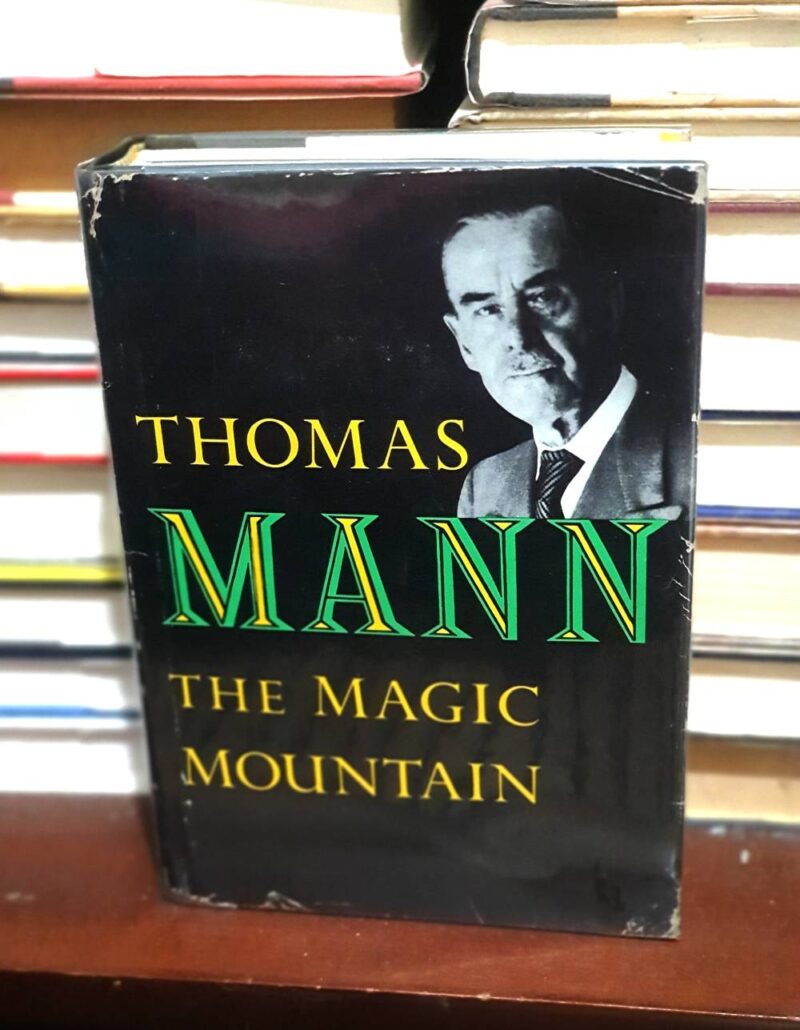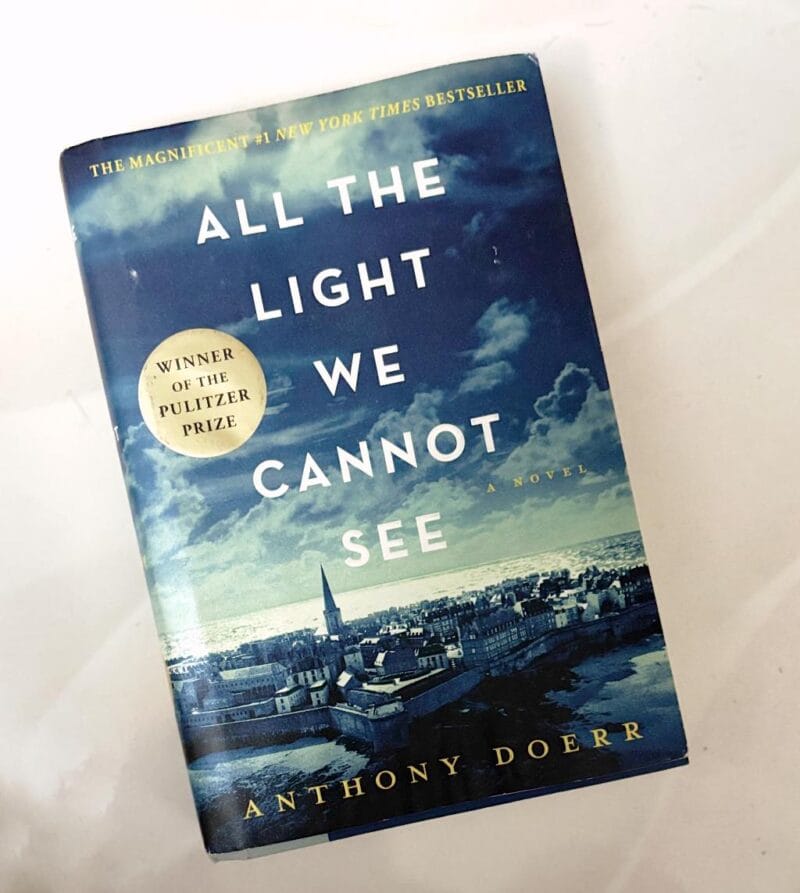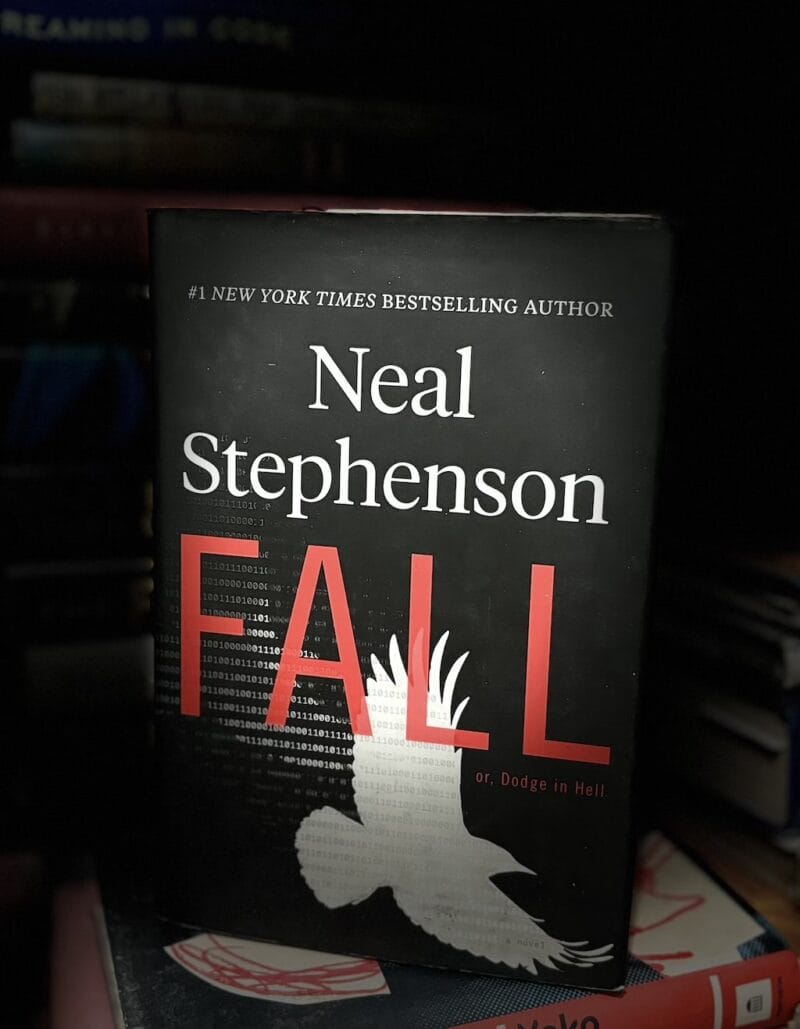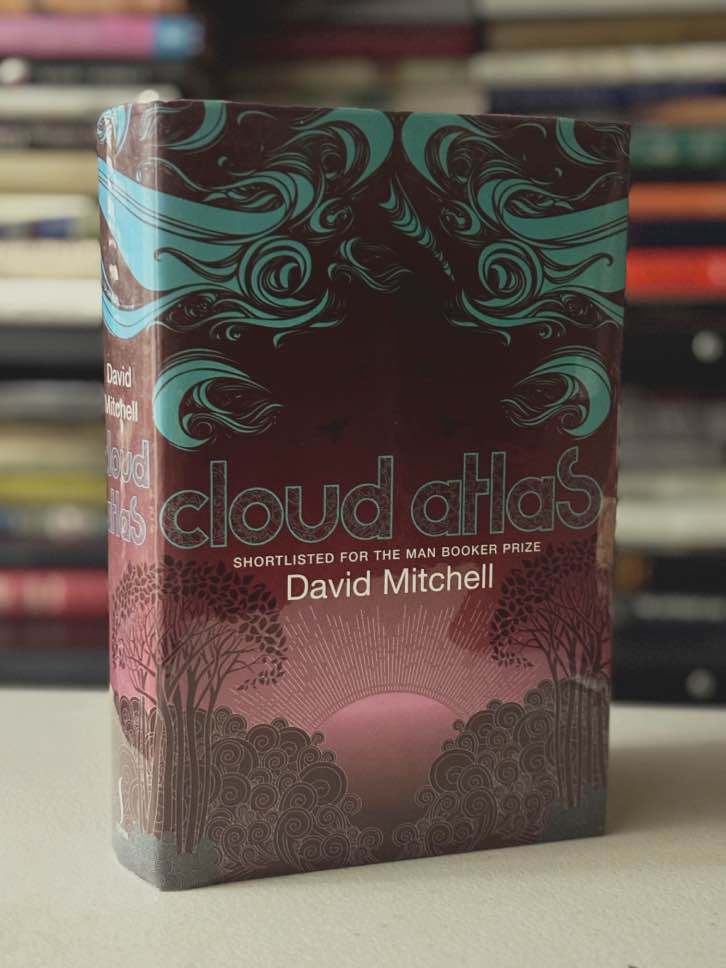[su_label type=”important”]Book in Focus[/su_label]
[su_heading style=”default” size=”12″ margin=”30″]Originally published in Norwegian as Sofies verden by H. Aschehoug & Co. (W. Nygaard), Oslo (1991). This edition published by Farrar, Straus and Giroux (1994), translated from the Norwegian by Paulette Moller. Hardcover, 404 pages[/su_heading]
Sophie’s World (Norwegian: Sofies verden) by Jostein Gaarder was released in 1991 and relates the story of a little girl named Sophie Amundsen who receives a letter from an unknown philosopher who questions her, “Who are you?” as well as “Where does the world come from?”
Sophie’s teacher, Alberto Knox, teaches her critical lessons about the development of Western philosophy as the novel progresses. He is a model educator, always eager to acquire new knowledge and willing to learn from Sophie just as much as she is willing to learn from him. They talk about empiricist thinkers such as Hume, Berkeley, and Locke, as well as rationalist philosophers like Descartes, Leibniz, and Spinoza.
The underlying theme in Sophie’s World is philosophy, presented as an essential part of everyday life and the means through which Sophie endeavors to understand both her place in the universe and her own identity. Alberto Knox and Sophie are both the inventions of Albert Knag from a novel he’s writing which was told to her daughter, Hilde, on her fifteenth birthday.
The book’s primary objective is for children and young adults to learn about the fundamentals of Western philosophy, told in an unorthodox yet entertaining manner by Gaarder. Reading each chapter will let you see the world and your own existence through Sophie’s unique perspective.
Memorable Quotes
Sophie Amundsen was on her way home from school. She had walked the first part of the way with Joanna. They had been discussing robots. Joanna thought the human brain was like an advanced computer. Sophie was not certain she agreed. Surely a person was more than a piece of hardware?
Opening paragraph, Sophie’s World by Jostein Gaarder
Her mother was speechless. Finally she said, “Is this something you’ve learned at school?” Sophie shook her head energetically. “We don’t learn anything there. The difference between schoolteachers and philosophers is that schoolteachers think they know a lot of stuff that they try to force down our throats. Philosophers try to figure things out together with the pupils.”
Page 55, Sophie’s World by Jostein Gaarder
The story goes that one day Socrates stood gazing at a stall that sold all kinds of wares. Finally he said, “What a lot of things I don’t need!” This statement could be the motto for the Cynic school of philosophy, founded by Antisthenes in Athens around 400 B.C.
Page 101, Sophie’s World by Jostein Gaarder
History is one long chain of reflections. Hegel also indicated certain rules that apply for this chain of reflections. Anyone studying history in depth will observe that a thought is usually proposed on the basis of other, previously proposed thoughts. But as soon as one thought is proposed, it will be contradicted by another. A tension arises between these two opposite ways of thinking. But the tension is resolved by the proposal of a third thought which accommodates the best of both points of view. Hegel calls this a dialectic process.
Page 280, Sophie’s World by Jostein Gaarder
Further Reading
Hooked on Philosophy by John Vernon, The New York Times
My Selection—Sophie’s World by Muhammad Nasrullah Khan, Medium
Jostein Gaarder: “Sophie’s World” by Farnoosh Brock, Prolific Living
Sophie’s World in danger: Living as though everything centres on our time is just as naive as thinking the Earth is flat by Jostein Gaarder, The Independent





